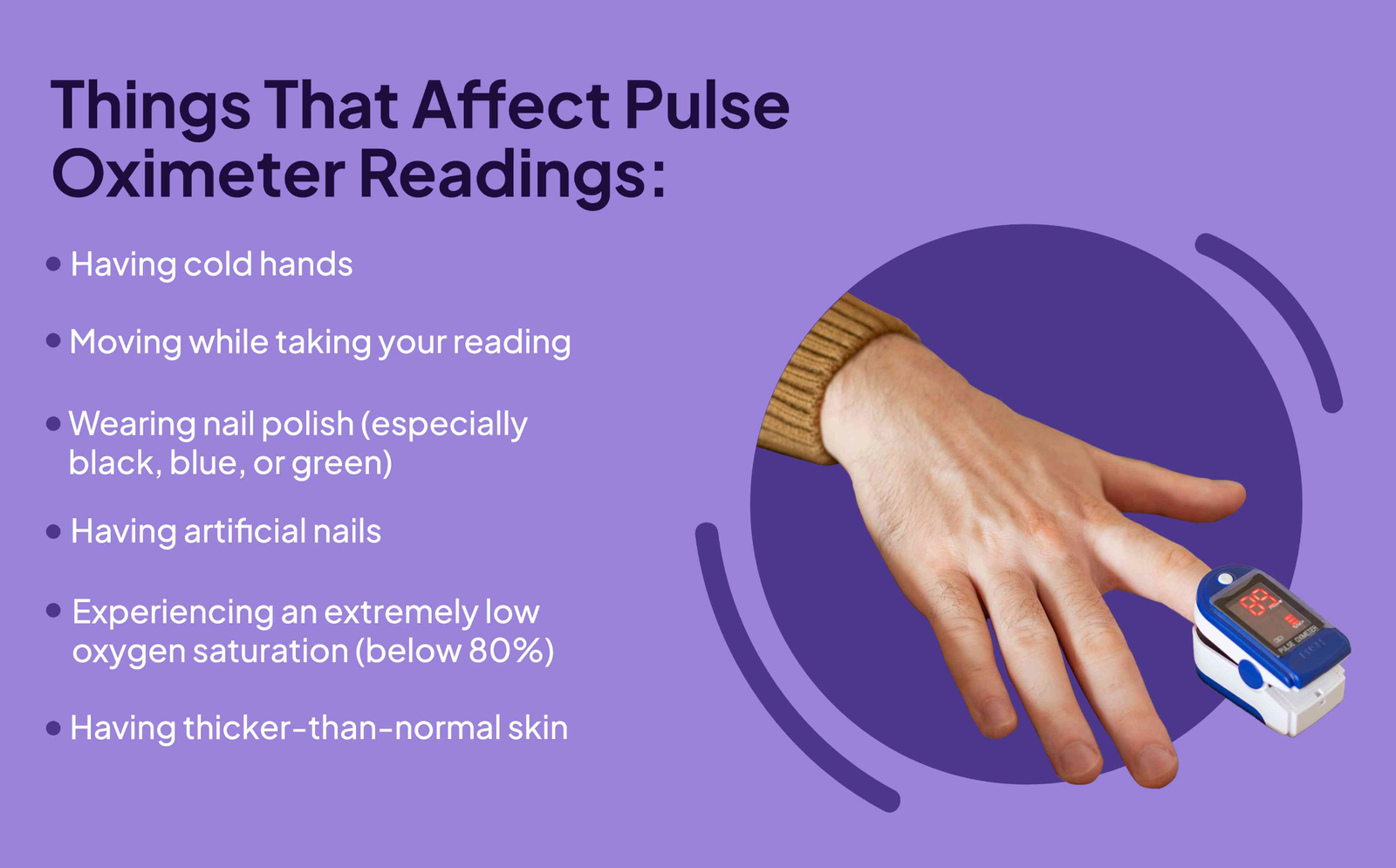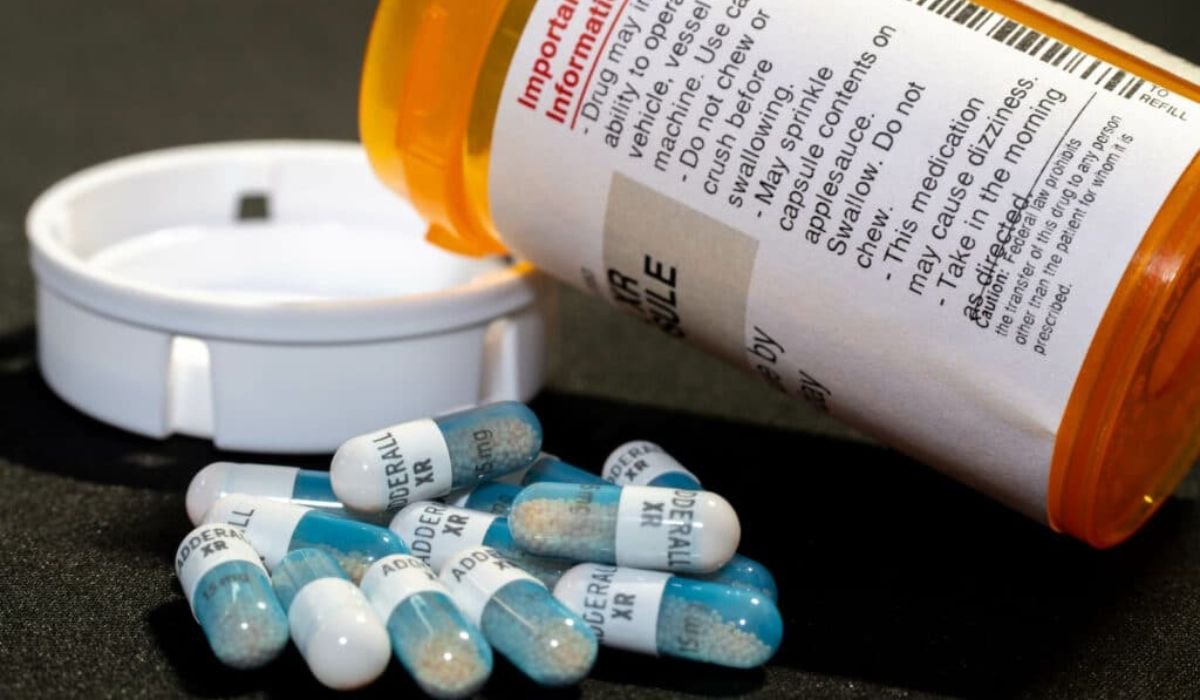Because of COVID-19, it is now more important to measure your oxygen levels, mainly for people with weakened immune systems or various health conditions. Others think it’s important too which is why this guide goes into detail about getting correct readings with a pulse oximeter and why it’s so necessary.
The Amount of Oxygen in Blood
Oxygen saturation shows how much oxygen is located in your blood. A healthy adult’s blood sugar level should usually be in the range of 95-100%. Things that fall below the limits above should raise further concern because they may be linked to various medical conditions. Any noticeable oxygen deficiency symptoms should prompt you to connect with your primary physician or another medical expert right away.
What to Watch for When There is Not Enough Oxygen
Oxygen plays an important role in our body by giving energy to cells which helps them fight against illness and supports the immune system. Sometimes called desaturation, shortness of oxygen can make patients show confusion, have trouble breathing, become restless and feel tired. It may further lead to headaches and in the most serious cases, hospitals are required.
How to Use Pulse Oximeters
Measuring your oxygen levels is possible with a pulse oximeter at home which will display how much oxygen is in your blood. Getting a reading with an oximeter is quick and painless and today most will also offer your heart rate. They are built to be a tight fit around your finger’s tip. Just slip your finger into the reader and let it turn on, so you can check your results on a small screen.
5 Tips for Using a Pulse Oximeter
Tip 1. Rub your hands before using your pulse oximeter especially if they’re cold.
Tip 2. When measuring your oxygen saturation, it’s important not to have artificial nails or nail polish on.
Tip 3. Place your finger deeply into the oximeter so it can accurately monitor your saturation levels.
Tip 4. Be sure to follow the instructions included with your pulse oximeter as some require you to place your finger downward, while others it is upward.
Tip 5. For the most accurate results, hold the oximeter at chest height while taking your readings.
Oximeter Monitoring for Those with Sleep Apnea
People with sleep apnea often use pulse oximeters to check if they fail to breathe during sleep. When oxygen drops at night, sleepers might wake up troubled or feel very tired when they wake up. As a result, these days they are essential devices in sleep research. If your sleep apnea treatment involves continuous positive airway pressure (CPAP) therapy, you can also use a pulse oximeter on your finger while you sleep.



